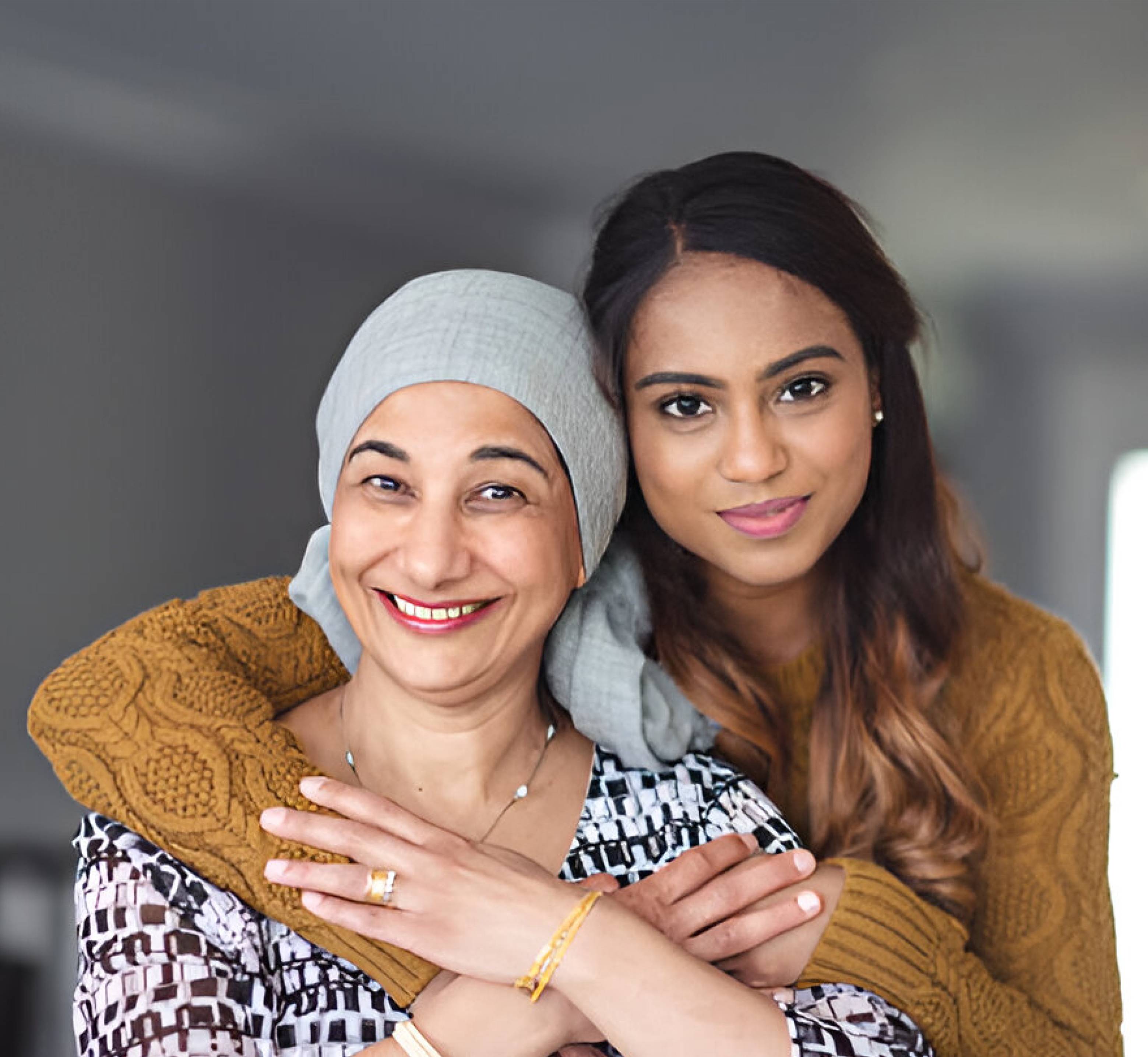 Book Appt.
Book Appt.
 Call Now
Call Now


Introduction
Cryoablation is a technique that uses extremely cold gas to freeze and remove aberrant cells or sick tissue. It is commonly used to treat skin diseases and cancer. Cryotherapy, often known as cryosurgery, is a less invasive and safer alternative to surgery to remove sick tissue. People frequently go home on the same day. It is sometimes referred to as cryotherapy or cryosurgery.
Different kinds of cryoablation
Cryoablation can be accomplished in a variety of ways, including topically on the skin's surface, percutaneously (via a small puncture), and surgically (through a larger, open incision).
Cryotherapy
Cryoablation can treat a variety of conditions:
Skin abnormalities include atypical moles, warts, skin tags, and actinic keratosis (precancerous skin growths).
Arrhythmia (abnormal heartbeat and rhythm).
Cancer tumors (skin, liver, kidney, bone, lung, prostate, and breast).
The cervix contains cancerous cells.
Procedure
Before the procedure
Before cryoablation, your healthcare team will give you instructions on how to prepare. Depending on what type of cryoablation you’re having and other factors, they may ask you to:
Schedule a ride home after the procedure.
Report if you may be pregnant.
Stop taking certain medications, including aspirin, NSAIDs, and blood thinners.
Take certain medications in advance to avoid pain or infection.
Tell them if you have any allergies or medical conditions.
Wear loose, comfortable clothing on the day of the procedure, and leave any jewelry or valuables at home.
During the procedure
Topical cryoablation is frequently performed in a physician's office during a routine visit. You may not even need to change your clothes, and you may not require pain relief medicine. If you are having percutaneous or surgical cryoablation, your healthcare provider may request that you wear a hospital gown throughout the treatment. You may be given anaesthesia. It can relieve pain in a specific region (using numbing spray or a needle), calm you, or put you to sleep so you feel nothing.
Just before cryoablation, your healthcare team will place you on an examination or surgical table. They may shave or sterilise the area. During surgical procedures, you may be attached to machines that monitor your heart rate, blood pressure, oxygen level, and pulse. During cryotherapy, a surgeon utilises a cryoprobe, which is a needle-like, hollow instrument. The cryoprobe stores and circulates extremely cold gases including liquid nitrogen, liquid nitrous oxide, and compressed argon gas.
When working within your body, your surgeon employs imaging technologies to pinpoint the precise location. The doctor applies the cryoprobe to the damaged or abnormal tissue for a few seconds or minutes. The extreme cold at the tip of the cryoprobe freezes and kills sick tissue. Your surgeon may need to touch the sick tissue with the cryoprobe more than once. When the cryoablation is complete, your surgeon removes the cryoprobe and sutures the wound as needed. For minor skin concerns, the procedure can take as little as a few minutes, while open cryosurgery can last several hours.
After the procedure
People typically return home the same day as cryoablation. However, certain patients may require an overnight stay, such as if the treatment requires a major incision or a deep tumour. Unless you have a basic skin surgery, someone should drive you home following cryotherapy. Over time, your body will naturally eliminate dead cells.
Benefits
In contrast to open surgery to remove (or cut out) diseased tissue, cryoablation is generally:
Associated with fewer side effects and scarring.
Healing is less stressful.
This is less harmful to the tissue around it.
Less expensive.
Safer, with a lower risk of infection.
Risks
Cryoablation is usually considered safe. However, there are potential dangers associated with percutaneous or surgical cryoablation, such as:
Bleeding.
Anesthesia complications can include difficulty waking up or nausea.
Damage to neighboring structures.
Fluid accumulation in nearby areas (such as the lungs).
Infection can enter the skin through any opening.
Nerve damage causes weakness or numbness.
Conclusion
Cryoablation is a novel and less invasive therapy method that employs intense cold to specifically eliminate aberrant tissues, such as tumors. Its advantages include shorter recovery times, less discomfort, and fewer complications than traditional surgery. Cryoablation is a highly effective treatment for a variety of malignancies and benign disorders, and its tailored approach allows it to spare healthy tissue. Although there are potential dangers, such as bleeding or infection, the procedure's benefits make it a feasible option for people seeking less intrusive treatments for tumors and other abnormal growths. Ongoing monitoring and imaging ensure successful outcomes and long-term efficacy.
SHALBY Sanar International Hospitals provides extensive medical procedures backed up with our state-of-the-art technology and a team of highly qualified & experienced clinical experts.

Grade 2 Endometrium Cancer | Ms. Robiyakhon | Uzbekistan | Dr. Archit Pandit | SHALBY Sanar

Male Breast Cancer Recovery Story | Dr. Archit Pandit | Cameroon | SHALBY Sanar

Ms. Nafisa’s Inspiring Breast Cancer Recovery | Dr. Archit Pandit | Uzbekistan | SHALBY Sanar International Hospitals

Stage4 colon cancer is curable - Colon cancer with liver metastasis | Kenya | Dr Archit Pandit

Patient from Kenya Treated by Dr. Archit Pandit | SHALBY Sanar International Hospitals

Double Cancer Victory: Mrs. Salma Kapoor's Inspiring Recovery Story | Dr. Archit Pandit

Patient from Uzbekistan Treated by Dr. Archit Pandit | SHALBY Sanar International Hospitals

Patient from Uzbekistan Treated by Dr. Archit Pandit | SHALBY Sanar International Hospitals

Successful Carcinoma Buccal Mucosa Surgery of a Patient from Nigeria by Dr. Archit Pandit

Successful Colon Cancer Surgery of Mr. Faraidun Kaka Bra Amin Amin's from Iraq | Dr Archit Pandit

Miraculous Recovery of a patient from Uzbekistan battling Ovarian Cancer | Dr. Archit Pandit

Successful Cancer Detection & Surgery by Dr. Archit Pandit | SHALBY SHALBY Sanar International Hospitals

Successful Colon Cancer Treatment of a patient from Iraq by Dr Archit Pandit | Surgical Oncology

Successful Glottis Mass & Carcinoma Vocal Cord Treatment of a patient from Iraq by Dr Archit Pandit

Successful Stage 4 Colon Cancer Treatment of a patient from Kenya by Dr Archit Pandit

Surviving the Odds: 56-Year-Old's Journey with Recurrent Carcinoma Vocal Cord | Dr. Archit Pandit

Surviving Recto-Sigmoid Cancer: Mr. Syamand Ahmed's Inspiring Journey

Success Story: Iraqi Patient's Liver Tumour Treatment at SHALBY Sanar International Hospitals

Cytoreductive Surgery Success: Iraqi Patient's 30cm Ovarian Tumor Removed Safely

Beating Liver Cancer: Mr. Abdirashid's Inspiring Story

Ms. Nejood's Success Over Pancreatic Cancer: A Remarkable Journey

Transforming Smiles: Revolutionary Buccal Commando Procedure

Wide Local Excision Surgery & Microvascular Reconstruction of a Cancer patient

Successful Surgery of Esophgeal Cancer

Successful Lung Cancer Surgery of Ms. Jerioth Wanjiru from Kenya

Para Thyroidectomy on Pt Jawad Kadhim Tweli from Iraq

Dr Archit Pandit discusses the fascinating case of Geeta Rani
Our doctors pen down their research findings and experiences from time to time. Their words provide deep insight into the latest techniques, technologies and other advancements in healthcare. It provides expert answers to all kinds of health questions for real-life issues.
VIEW ALL




Since the day of its foundation, SHALBY Sanar International Hospitals is committed to provide comprehensive healthcare services. It regularly organizes awareness programs in its premises and encourages outdoor healthcare activities and camps with an intent to put focus on preventive healthcare.
VIEW ALL